I'll never forget the first time I tasted Bangus a la Pobre during a vibrant fiesta in Macabebe, Pampanga, the heart of traditional Filipino cooking.
My aunt's neighbor, Aling Dolor, served this dish that made everyone at the long table fall silent in appreciation. The crispy bangus, perfectly seasoned and glistening with that signature calamansi-soy sauce, transported a simple milkfish into something truly special.
The way the crispy garlic bits and tender onions complemented each other was nothing short of magical, especially when mixed with steaming white rice.
This recipe brings back those cherished fiesta memories. But what I love most is how it transforms an everyday fish into a dish worthy of celebration while remaining surprisingly simple to make.
You don't need to wait for the next fiesta to enjoy this Kapampangan favorite. With just a few pantry staples and fresh bangus, you can create this restaurant-worthy dish right in your own kitchen.
Jump to:

Why You'll Love This Recipe
- Perfect balance of crispy fish and savory-tangy sauce
- Ready in under 45 minutes
- Restaurant-quality dish at home
- Budget-friendly yet impressive enough for special occasions
- Versatile - great for breakfast, lunch, or dinner
- Complete meal when served with rice
Ingredients
This recipe uses bangus (milkfish) as the star because its firm, white flesh crisps beautifully when fried while remaining tender inside. The flour coating creates that essential golden crust that seals in moisture. Calamansi juice and soy sauce form the perfect tangy-savory base that cuts through the richness of the fried fish, while oyster sauce adds depth and umami.
Brown sugar balances the acidity with just a touch of sweetness. The raw onions provide fresh crunch and a mild bite that complements the sauce, while the crispy garlic bits add incredible texture and roasted flavor.
Together, these ingredients create a harmonious balance of crispy and tender textures with savory, tangy, and slightly sweet flavors that make every bite satisfying.
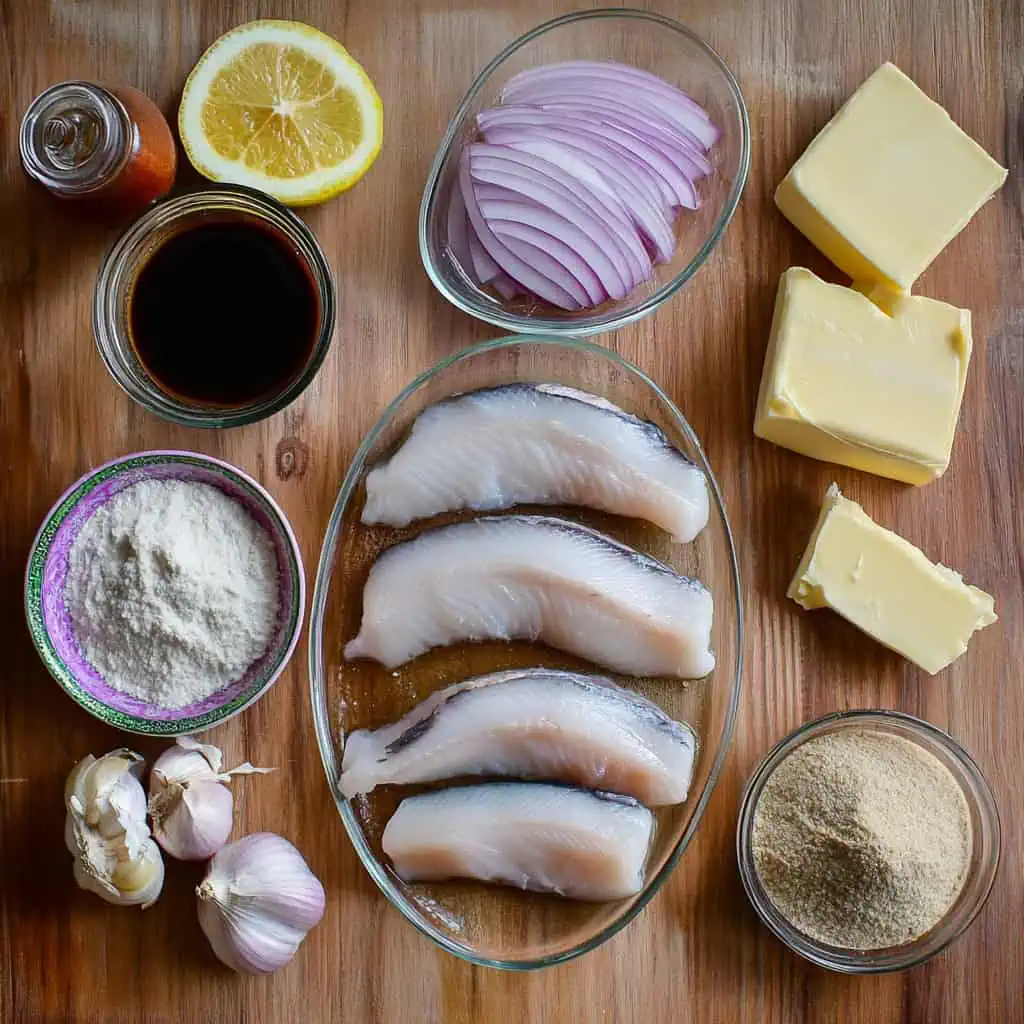
- 2 boneless bangus (milkfish) bellies, halved (800g total)
- ½ cup all-purpose flour
- Salt and pepper to taste
- Canola oil for frying
- 1 whole head garlic, peeled and minced (12-15 cloves)
- ¼ cup calamansi juice (or lemon juice)
- ¼ cup soy sauce
- ¼ cup water
- 1 tablespoon oyster sauce
- 1 teaspoon brown sugar
- 1 tablespoon butter
- 1 medium red onion, cut into ¼-inch rings
- Black pepper to taste
Equipment
- Large non-stick skillet or frying pan: Essential for achieving that perfect crispy exterior on the fish without sticking.
- Sharp knife: For precisely cutting onions into thin, uniform rings that cook evenly.
- Small bowl: For mixing your sauce ingredients to ensure they're well combined before cooking.
- Tongs: Provides better control when flipping delicate fish pieces to prevent breaking.
- Strainer or slotted spoon: For removing the crispy garlic bits from oil without absorbing excess oil.
- Paper towels: To drain excess oil from the fried fish and garlic, ensuring perfect crispiness.
- Measuring cups and spoons: For precise measurements that maintain the perfect balance of flavors.
- Sizzling plate (optional): For that impressive restaurant-style presentation that keeps the dish hot longer.
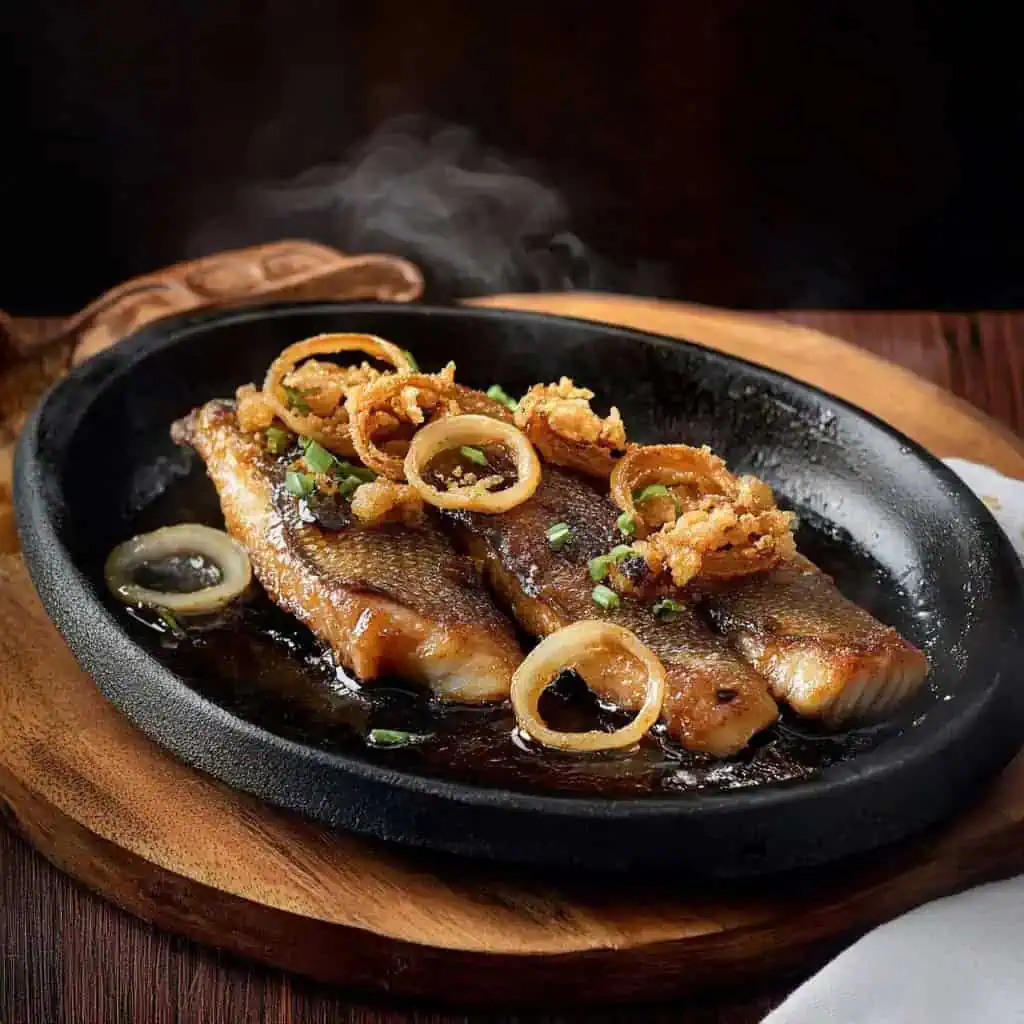
How To Make
- Prepare the crispy garlic: Heat a large pan over medium-low heat. Add half a cup of oil and your minced garlic. Stir and cook until the garlic turns golden brown and crispy, about 3-5 minutes. Remove the garlic with a slotted spoon and place on paper towels. Keep the garlic-infused oil in the pan.
- Prepare the fish: Pat your bangus fillets dry with paper towels. Season both sides with salt and pepper. Put flour on a plate and coat each fish fillet evenly. Shake off any extra flour.
- Fry the fish: Turn up the heat to medium-high. Once the garlic oil is hot, carefully place the floured fish fillets and fry for 4-5 minutes on each side until golden brown and crispy. Remove the fish and set aside.
- Make the sauce: In a bowl, mix together the calamansi juice, soy sauce, water, oyster sauce, and brown sugar until the sugar dissolves completely.
- Finish the sauce: Using a clean pan, melt the butter over medium heat. Pour in your sauce mixture and let it simmer for 2-3 minutes until it thickens slightly.
- Serve: If using a sizzling plate, heat it until very hot. Carefully place your fried bangus on the plate, then pour the hot sauce over the fish. Add the fresh onion rings on top and sprinkle with your crispy garlic bits.
- Enjoy: Serve immediately while everything is hot. Perfect with steaming white rice, spooning the sauce over your rice for the best experience.

Tips from Lola's Kitchen
- For maximum crispiness: Pat fish completely dry before flouring and ensure oil is properly heated before frying.
- Tame the onions: Soak sliced onions in cold water for 10 minutes to reduce their sharpness and make them more pleasant raw.
- Don't waste that garlic oil: Save the leftover garlic-infused oil for cooking other dishes—it adds amazing flavor.
- Perfect sauce consistency: Let the sauce simmer just until it coats the back of a spoon without becoming too thick.
- Rest the fish: Let the fried fish rest for 2 minutes after frying before pouring the sauce over it—this helps maintain crispiness.
- Hot serving plate: If using a sizzling plate, make sure it's properly heated before placing the fish—the sizzle adds to the experience.
Substitutions
- Fish: No bangus? Try tilapia, cream dory, or any firm white fish instead.
- Calamansi: Substitute with lemon or lime juice if calamansi isn't available.
- Cooking oil: Vegetable or corn oil works just as well as canola oil.
- Sweetener: White sugar or honey can replace brown sugar.
- Fresh garlic: Pre-minced garlic works in a pinch, though fresh provides the best flavor and texture.
- Oyster sauce: Fish sauce with a pinch of sugar can work as an alternative.
Troubleshooting
- Fish not crispy enough? Ensure your oil is hot enough before adding the fish and that the fish is completely dry before flouring.
- Sauce too sour? Add ½ teaspoon more brown sugar to balance the acidity.
- Sauce too thick? Stir in 1 tablespoon of water until you reach desired consistency.
- Fish falling apart? Use a wide spatula and handle gently, especially when flipping.
- Garlic burning too quickly? Lower your heat and stir constantly—garlic can go from golden to burnt very quickly.
Storage & Reheating
- Refrigerate: Store in an airtight container for up to 3 days. Keep the sauce separate from the fish if possible.
- Freezing: Not recommended as the texture of the fish changes significantly after freezing.
- Reheating: For best results, reheat the fish in a pan over medium heat to restore some crispiness. The microwave will make it soggy.
- Sauce revival: When reheating the sauce, add a splash of water if it's thickened too much in storage.
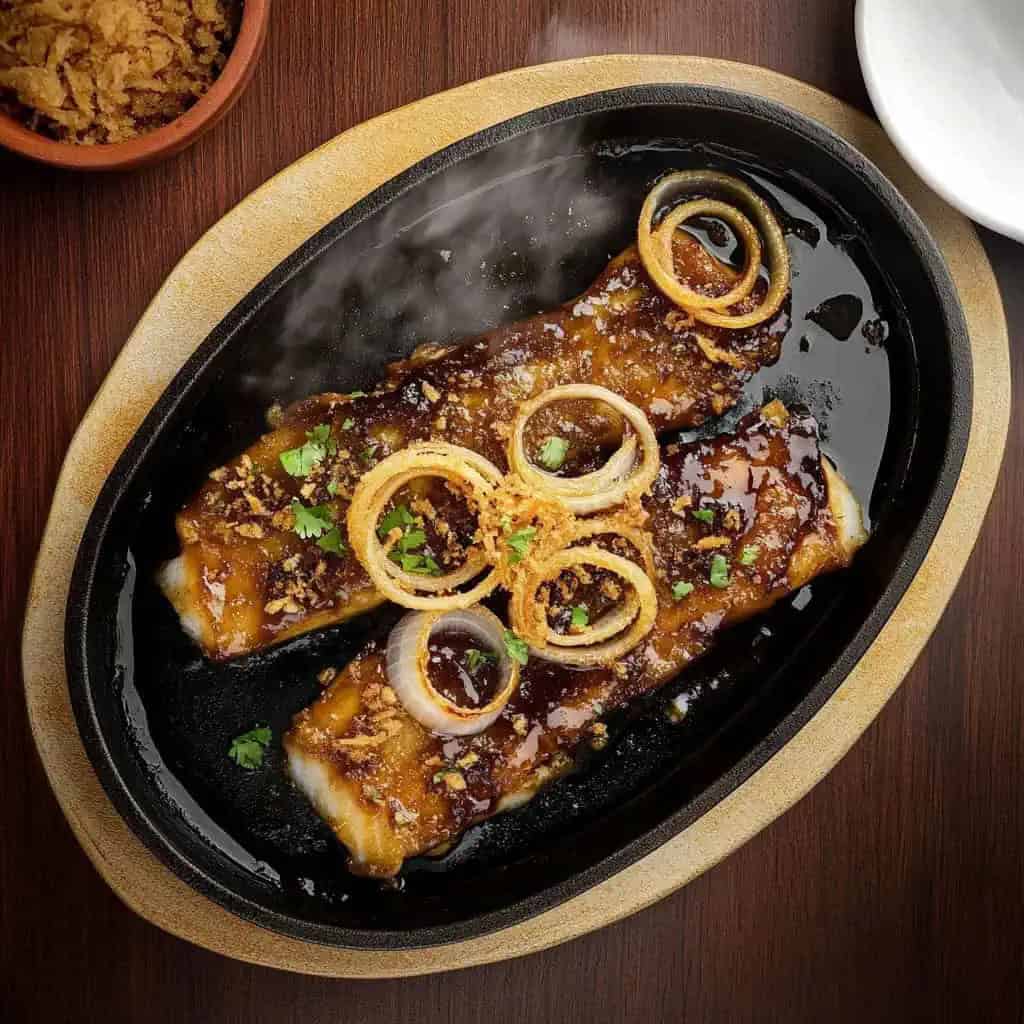
FAQ
Why is it called "a la pobre"?
The term means "poor man's style" in Spanish, referring to a simple yet flavorful cooking method that uses basic ingredients like garlic and oil to transform humble food into something special.
Can I prepare this in advance for a party?
While best served fresh, you can prepare the components separately, fry the garlic and fish a few hours ahead, then assemble and heat the sauce just before serving.
How do I prevent the fish from sticking to the pan?
Ensure both the pan and oil are properly heated before adding the fish, and don't try to flip it until it naturally releases from the pan.
Can I use whole bangus instead of bellies?
Yes, but increase the cooking time by 3-4 minutes per side and be extra gentle when flipping to prevent breaking.
Is this dish keto-friendly?
For a keto version, skip the flour coating and use a keto-friendly sweetener instead of sugar in the sauce.
What's the best way to cut onion rings for this dish?
Slice the onion across its equator (not from root to tip) for perfect rings that hold their shape.
Related
Looking for other recipes like this? Try these:
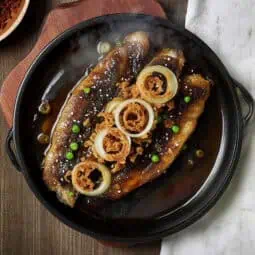
Bangus a la Pobre (Filipino-Style Milkfish Bistek)
Equipment
- Large non-stick skillet or frying pan (Para sa pagprito ng isda)
- Sizzling plate or metal serving plate (Para sa presentasyon)
- Sharp knife (Para sa paghiwa ng sibuyas)
- Small bowl for sauce mixture
- Tongs (Para sa paglipat ng isda)
- Strainer or slotted spoon (Para sa garlic bits)
- Paper towels
- Measuring cups and spoons
Ingredients
For the Fish:
- 2 boneless bangus milkfish bellies, halved (800g total)
- ½ cup all-purpose flour Para sa pagbalot sa isda
- Salt and pepper to taste
- Canola oil for frying
For the Sauce and Toppings:
- 1 whole head garlic peeled and minced (12-15 cloves)
- ¼ cup calamansi juice Katas ng kalamansi or lemon juice
- ¼ cup soy sauce Toyo
- ¼ cup water
- 1 tablespoon oyster sauce Sarsa ng talaba
- 1 teaspoon brown sugar Asukal na kayumanggi
- 1 tablespoon butter
- 1 medium red onion cut into ¼-inch rings
- Black pepper to taste
Instructions
- Heat a large pan over medium-low heat. Add half a cup of oil and your minced garlic. Stir and cook until the garlic turns golden brown and crispy, about 3-5 minutes. Remove the garlic with a slotted spoon and place on paper towels. Keep the garlic-infused oil in the pan.
- Pat your bangus fillets dry with paper towels. Season both sides with salt and pepper. Put flour on a plate and coat each fish fillet evenly. Shake off any extra flour.
- Turn up the heat to medium-high. Once the garlic oil is hot, carefully place the floured fish fillets and fry for 4-5 minutes on each side until golden brown and crispy. Remove the fish and set aside.
- In a bowl, mix together the calamansi juice, soy sauce, water, oyster sauce, and brown sugar until the sugar dissolves completely.
- Using a clean pan, melt the butter over medium heat. Pour in your sauce mixture and let it simmer for 2-3 minutes until it thickens slightly.
- Heat your sizzling plate until very hot. Carefully place your fried bangus on the plate, then pour the hot sauce over the fish. Add the fresh onion rings on top and sprinkle with your crispy garlic bits.
- Serve right away while everything is hot and sizzling. Make sure to warn everyone that the plate is very hot. Enjoy with steaming white rice, spooning the sauce over your rice for the best experience.
- For perfect results, make sure your oil is hot enough before frying the fish, and don't move the fish around too much while it's cooking – this helps create that perfect crispy exterior. And remember, the sizzling plate should be really hot when you serve – that's what gives this dish its signature sound and keeps everything piping hot until the last bite.
Tips from Lola's Kitchen
- Soak onions in cold water for 10 minutes to reduce sharpness
- Pat fish very dry before flouring for maximum crispiness
- Don't overcrowd the pan when frying
- Save excess garlic oil for other dishes
- Let fish rest for 2 minutes after frying before saucing
Nutrition
The Story Behind Bangus a la Pobre
Bangus a la Pobre, a beloved Filipino dish that perfectly exemplifies our country's rich Spanish colonial influence, traces its roots to both humble beginnings and aristocratic dining traditions. The term "a la pobre," which translates to "poor man's style" in Spanish, originally referred to a simple yet flavorful way of cooking meat and fish with copious amounts of garlic and oil - a method that transformed basic ingredients into something extraordinary.
In the coastal regions of the Philippines, particularly in Pangasinan and Pampanga where bangus (milkfish) farming flourished, this Spanish cooking technique found its perfect match in our local ingredients. The abundance of milkfish in these regions, combined with native calamansi and local garlic, gave birth to this uniquely Filipino interpretation of the Spanish cooking style. What began as a practical way to enhance the flavor of everyday fish evolved into a dish worthy of fiestas and special occasions.
The genius of Bangus a la Pobre lies in its transformation of simple pantry staples - garlic, soy sauce, calamansi, and onions - into a sophisticated dish that could rival the spreads of wealthy households. The addition of butter and oyster sauce in modern versions shows how the recipe has evolved while maintaining its essential character. Today, you'll find this dish served not only in humble Filipino homes but also in upscale restaurants, proving that good food transcends social boundaries.
What makes this dish particularly special in Filipino cuisine is its versatility. While many traditional Filipino recipes require long cooking times or numerous ingredients, Bangus a la Pobre offers a quick yet impressive way to elevate an everyday fish. It's become a favorite among busy Filipino families who want to serve something special without spending hours in the kitchen - truly embodying the resourceful spirit of Filipino cooking.
In modern Filipino cuisine, Bangus a la Pobre stands as a testament to our culinary heritage's ability to adapt and evolve. From its Spanish-influenced beginnings to its current status as a beloved Filipino classic, this dish continues to tell the story of our country's rich food history while remaining perfectly relevant to contemporary tastes and lifestyles.
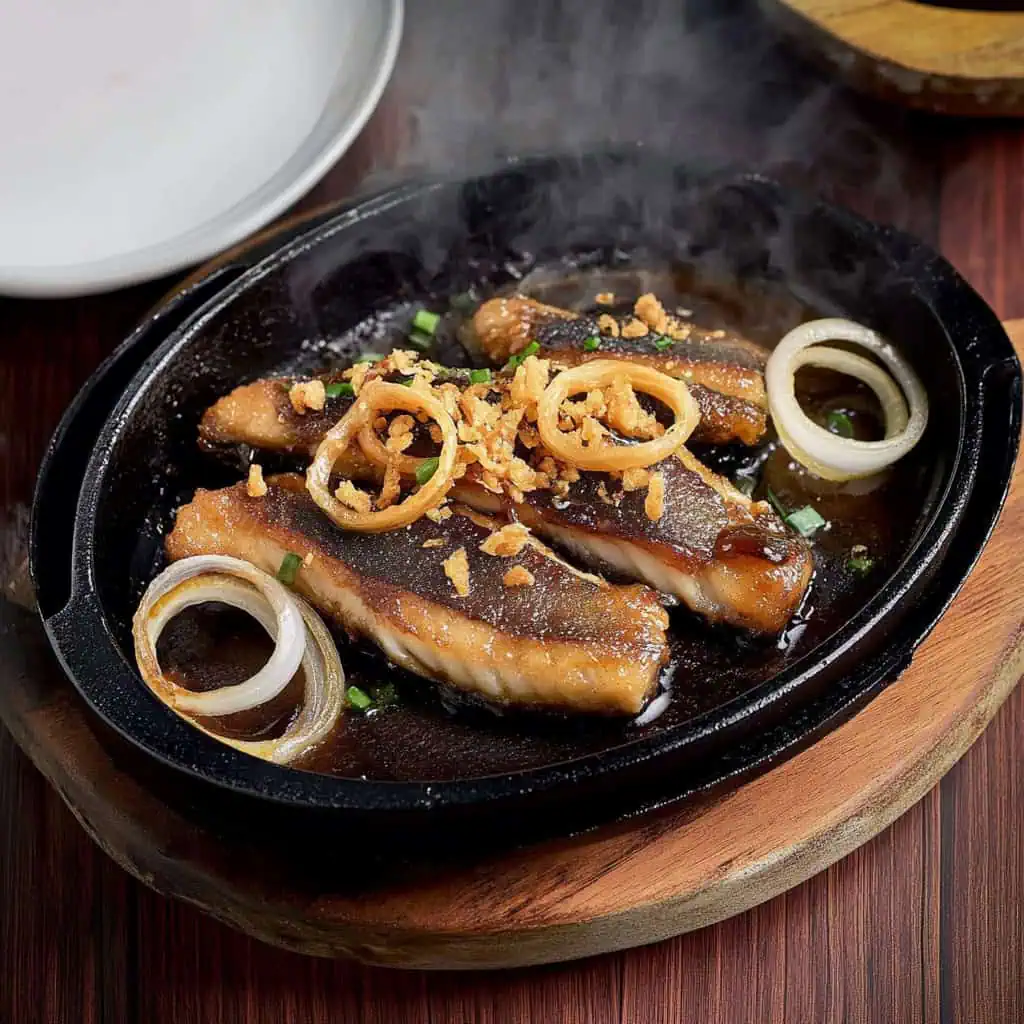

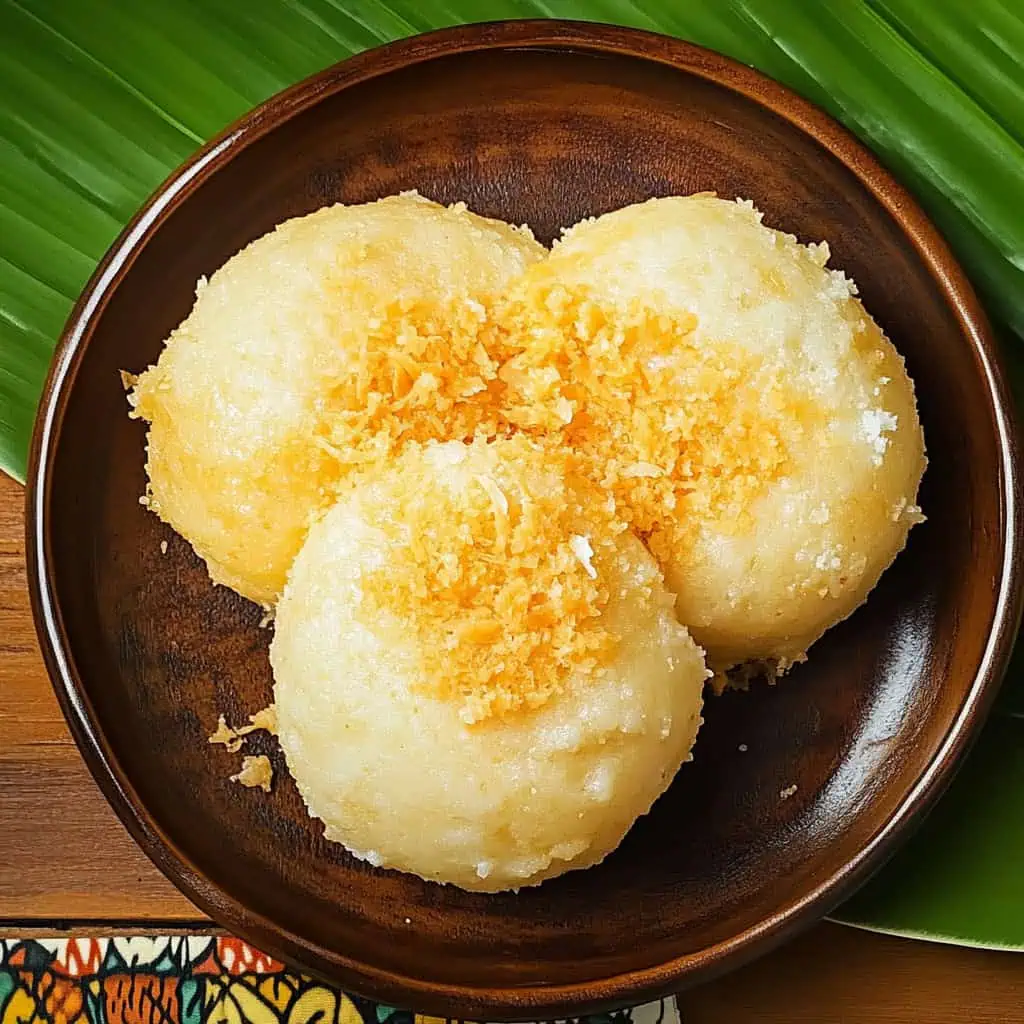
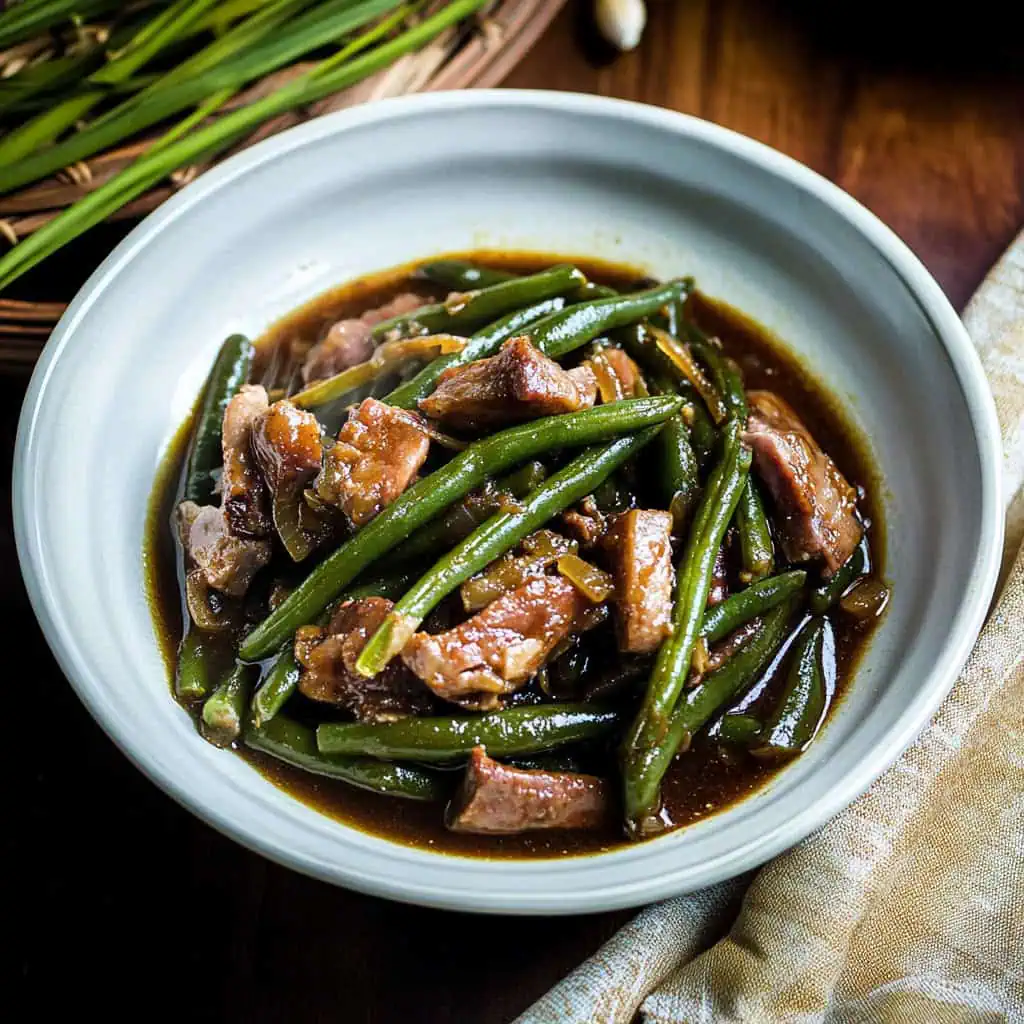

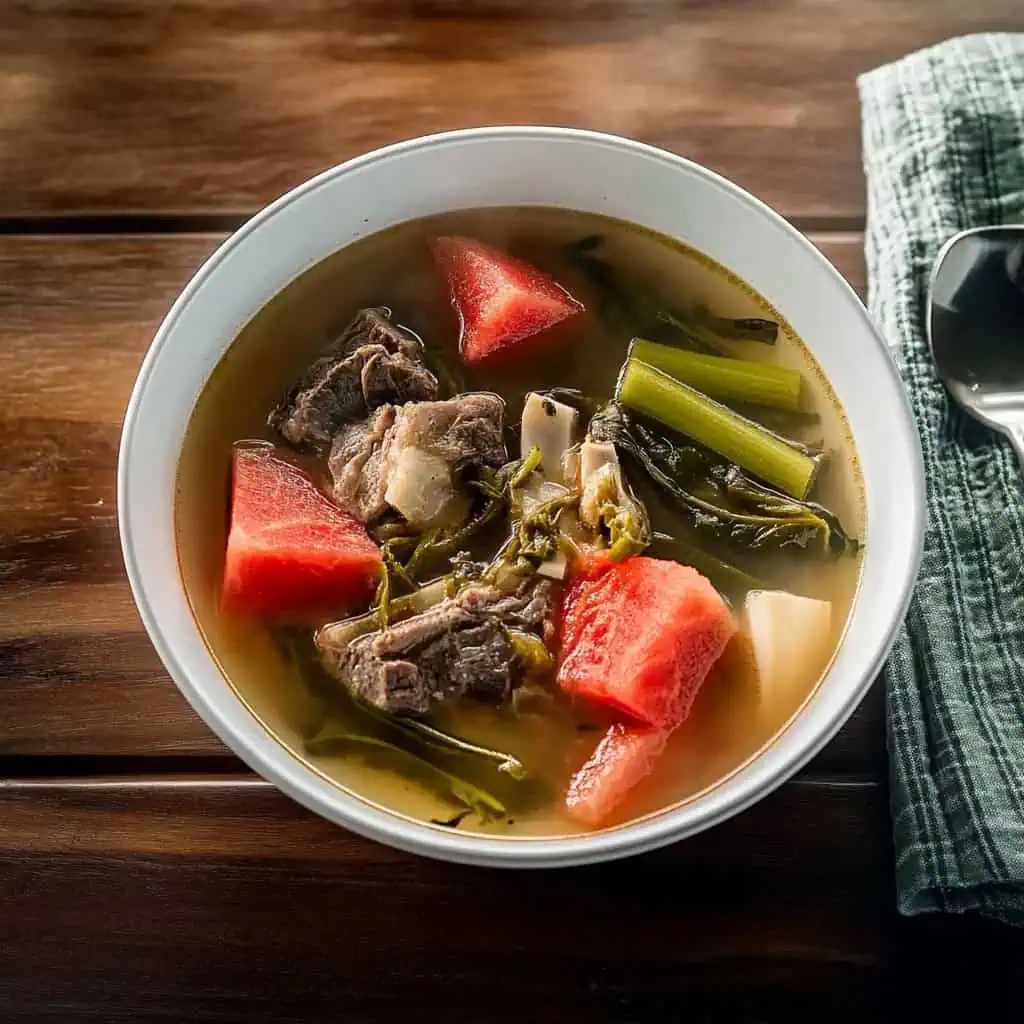
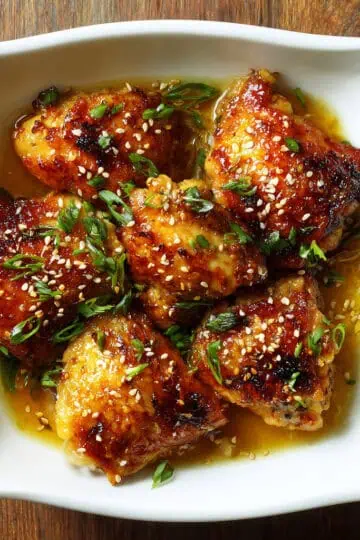

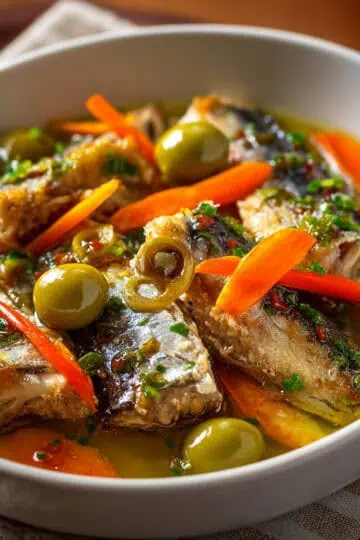

Comments
No Comments